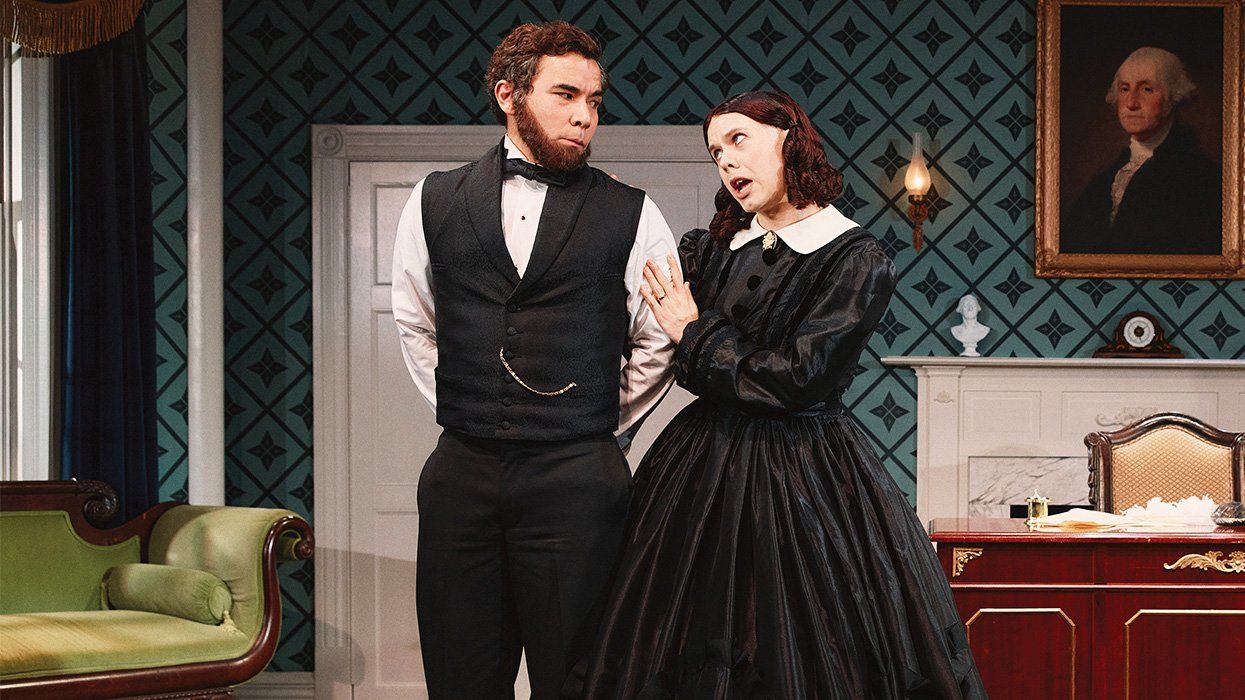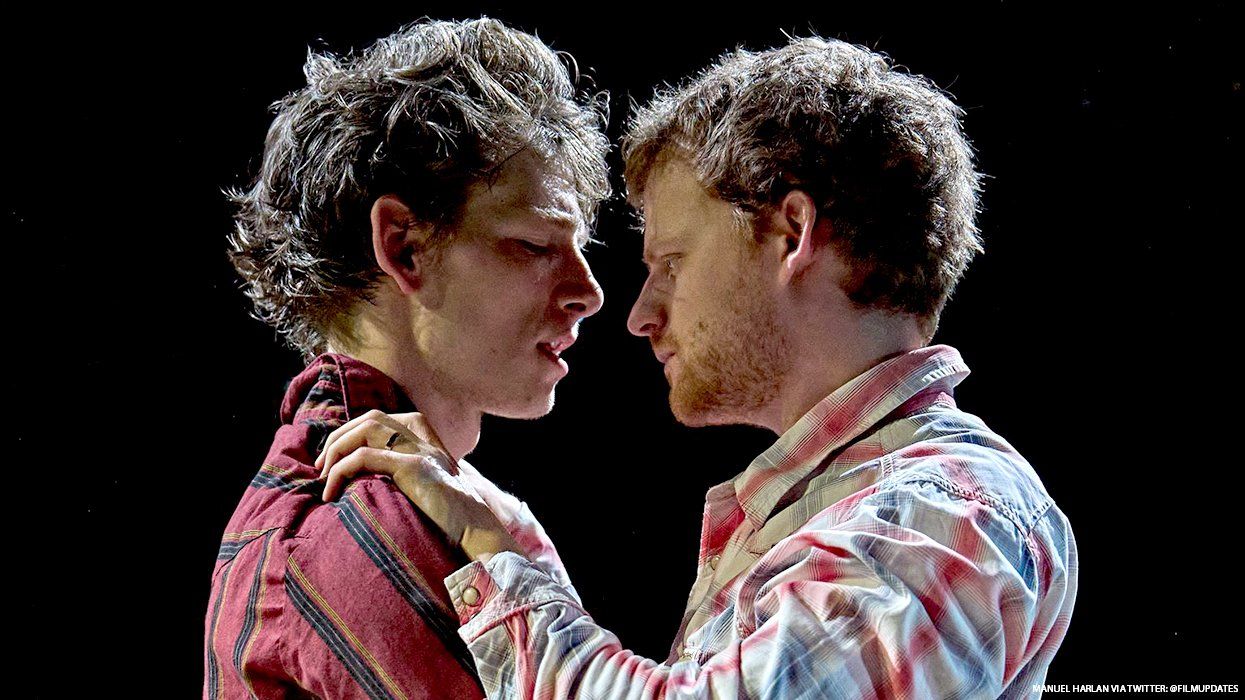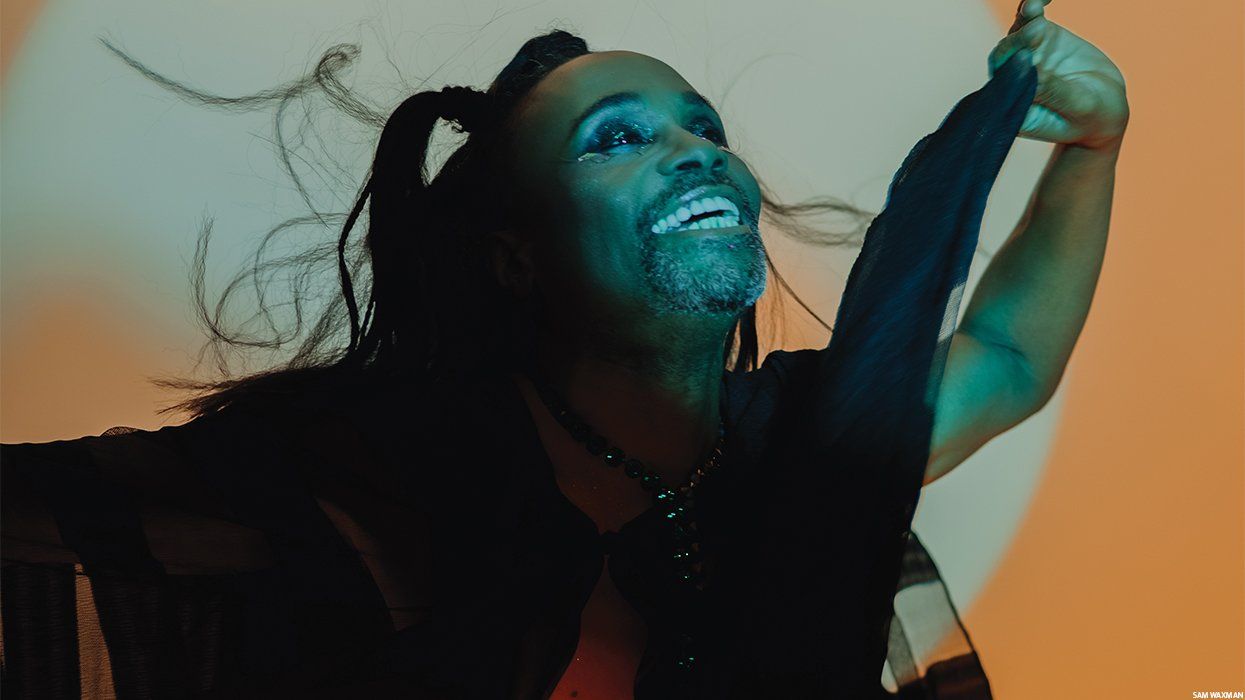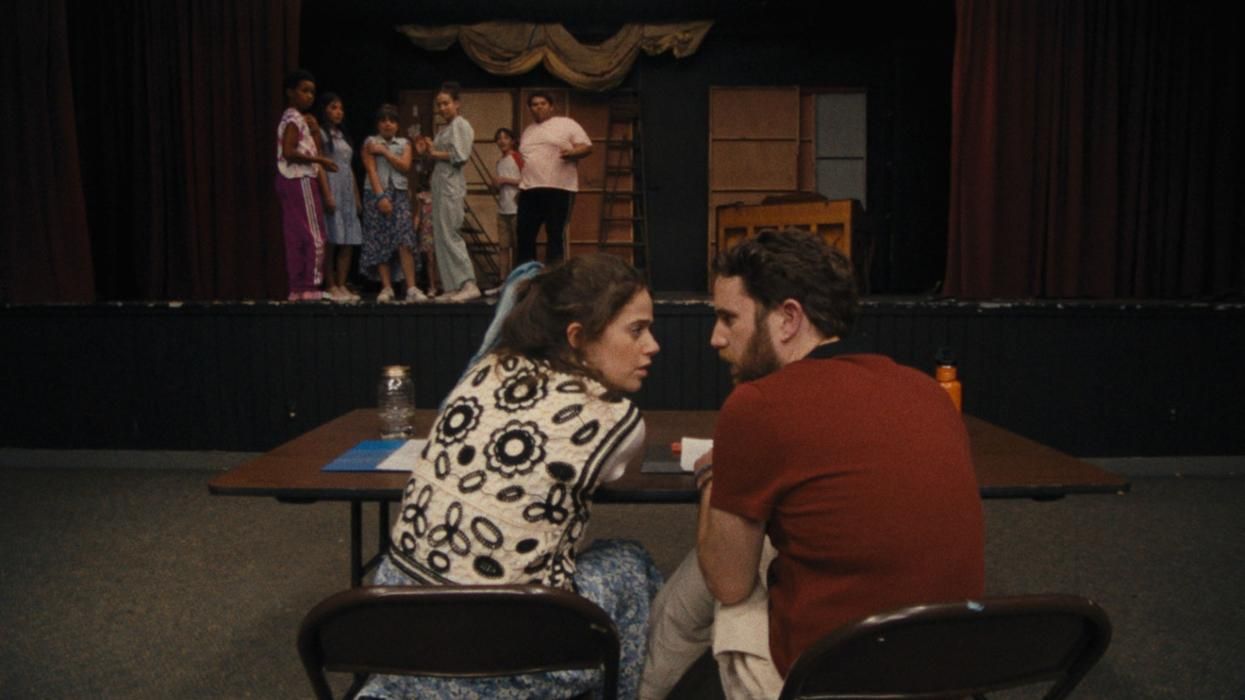Jean Genet's 1947 play The Maids, about two female housemaids that role play their way through elaborate sadomasochistic murder fantasies while their mistress is away, is loosely based on the villanous sisters Christine and Lea Papin, who infamously murdered their employer and her daughter in 1933. The original play offers biting and provocative commentary on the haves and have-nots, and now choreographer, writer, and performer Jack Ferver and American visual artist Marc Swanson are using the play as point of departure for Chambre, their theatrical farce that's having its New York debut this week at the New Museum.
Chambre has undergone different iterations across multiple residencies -- which have occurred at the Baryshnikov Arts Center, Live Arts Bard, Watermill Center, and The Institute of Contemporary Art -- and over the course of these experiences, Genet's script began to transform, only serving to color the final piece. "My final residency was when all of Genet's script really went away," Ferver reveals. "It became more about my take on these issues [of the culture of celebrity and greed] in regards to Christine and Lea Papin."
Naturally, the sensational nature of the Papin sisters' story is fertile ground for performance and Ferver takes obvious pleasure in the delicious gory details, explaining: "They began by ripping out their eyes." Unable to afford a large staff, the family worked the Papin sisters "like 12 to 16 people," Ferver explains. "That's why Communist newspapers at the time came to their defense. It became a very political case as well as being psychologically fascinating."
As Chambre moved away from Genet's original text during development, it grew to be similar to Genet's work in another key way. "It's close to Genet's in the way that I think that all of my work functions close to Genet: in terms of Roland Barthes' theory of the intersection of society and the antisocial," Ferver says. "My work intersects with entertainment and the unknown [in terms of] popular culture, comments on celebrity, these more liminal spaces, and psychology." That's fancy art speak to explain how Ferver is able to weave in Lady Gaga's notorious courtroom deposition speech, what happens when people are "othered," modern examples of role play, and questioning why violence of this nature doesn't happen more often.
Photo by Julieta Cervantes
Further proving that Chambre is not your average theater experience, during regular museum hours, Swanson's set is on display as a freestanding art installation. "We made something specifically that could exist in a gallery space, it could exist in a performance space, or kind of anywhere in between," Swanson says. "It's very modular and works as an installation by itself with no performance in it."
As with other collaborations between Ferver and Swanson, the artist uses lots of mirrors. "We both really like the idea of implicating the audience--that they would sort of be looking at you," Swanson says, "But seeing themselves at the same time." The use of mirrors also allows Ferver and Swanson to play with ideas of narcissism and explore concepts of doubling. And pay special attention to the mirror that hangs above the audience so that the performers can see the audience as they perform. You might not always like what you see reflected back.
Chambre is presented by French Institute Alliance Francaise's Crossing the Line Festival September 24 to October 4 at the New Museum, NYC. NewMusuem.org.































